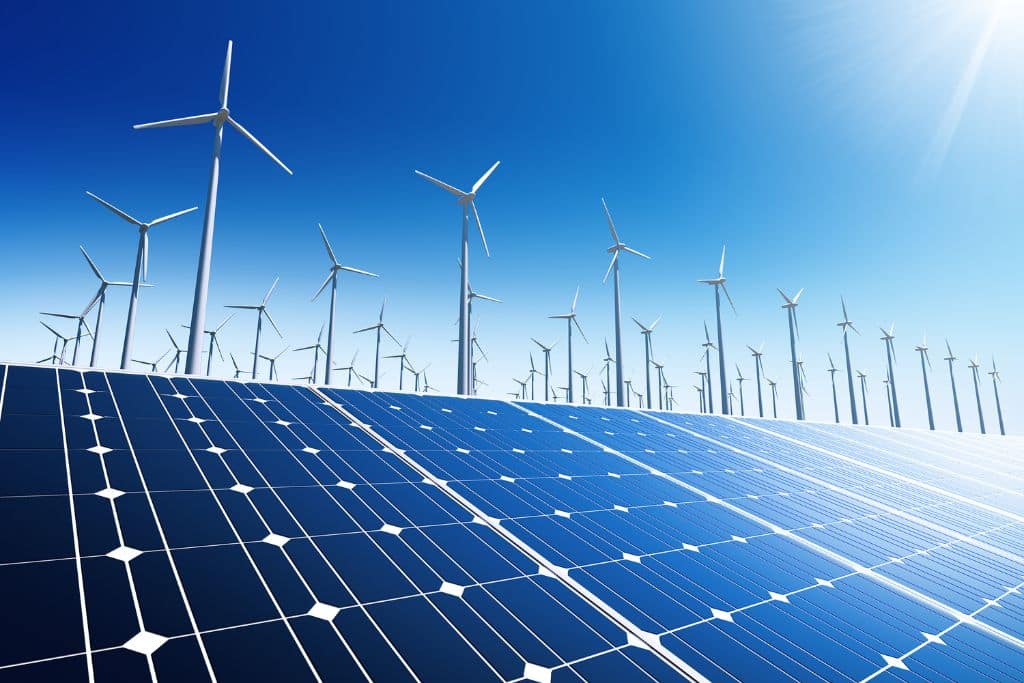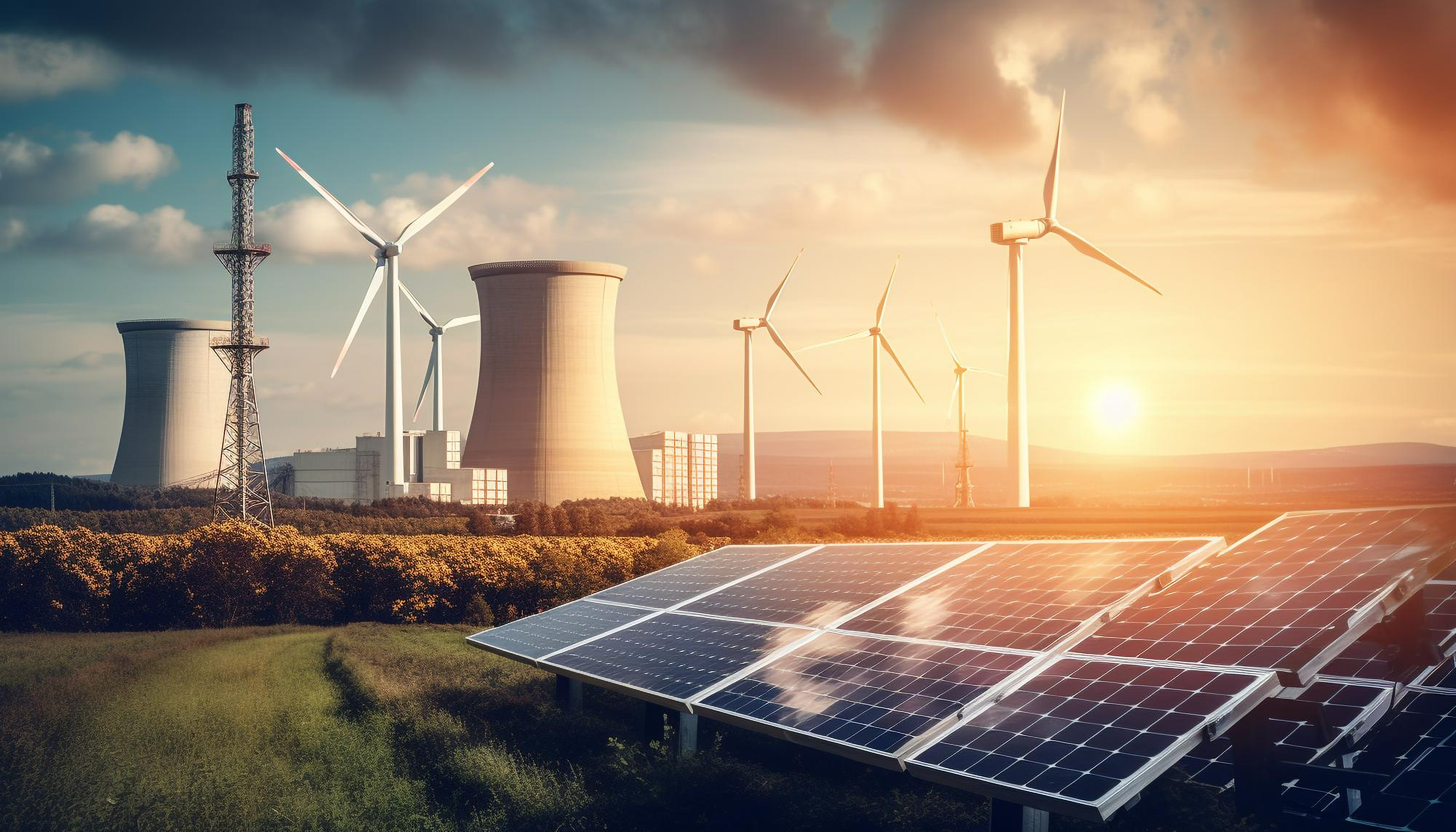As global awareness of climate change intensifies, the renewable energy sector is undergoing a significant transformation. This shift is not merely a response to environmental concerns; it represents a fundamental change in how energy is produced, consumed, and perceived. With technological advancements, policy reforms, and an increasing push for sustainability, the renewable energy landscape is rapidly evolving. This article explores the current trends and future outlook of renewable energy.
Current Trends in Renewable Energy
- Technological Advancements
One of the most significant drivers of the renewable energy sector is technological innovation. Solar and wind technologies have advanced dramatically, making them more efficient and cost-effective. The International Renewable Energy Agency (IRENA) reports that the cost of solar photovoltaics has dropped by over 80% since 2010. Similarly, advancements in wind turbine design have led to larger, more efficient turbines capable of generating more power.
Energy storage technologies, particularly batteries, are also progressing. Improved battery technologies, such as lithium-ion and emerging solid-state batteries, are essential for overcoming the intermittent nature of solar and wind energy. Enhanced storage capabilities allow for better energy management, ensuring a stable supply even during low production periods.
- Government Policies and Incentives
Governments worldwide are recognizing the importance of transitioning to renewable energy. Many countries have implemented policies that promote renewable energy development, including subsidies, tax incentives, and renewable energy mandates. For instance, the European Union has set ambitious targets to reduce greenhouse gas emissions by at least 55% by 2030, pushing member states to invest in clean energy sources.
In the United States, the Inflation Reduction Act has allocated significant funds to support renewable energy projects, particularly solar and wind. State-level initiatives, such as renewable portfolio standards, are also encouraging utilities to incorporate more renewable sources into their energy mix.
- Corporate Sustainability Initiatives
Businesses are increasingly adopting renewable energy as part of their sustainability strategies. Major corporations, including tech giants like Google and Apple, are committing to powering their operations with 100% renewable energy. This shift not only helps mitigate climate change but also reduces operational costs in the long run.
Furthermore, the corporate push for sustainability is influencing supply chains. Companies are demanding that their suppliers also embrace renewable energy, creating a ripple effect that encourages wider adoption across various industries.
- Decentralization of Energy Production
The traditional model of centralized energy production is being challenged by the rise of decentralized energy systems. Technologies such as rooftop solar panels and community wind projects empower individuals and local communities to generate their own energy. This trend not only enhances energy independence but also promotes energy resilience, particularly in areas prone to natural disasters.
Smart grid technologies are facilitating this decentralization by allowing for better integration of renewable energy sources into existing power grids. These systems enable real-time energy management, improving efficiency and reliability.
Future Outlook
- Continued Investment and Growth
The renewable energy sector is expected to attract significant investment in the coming years. According to the International Energy Agency (IEA), global investment in renewable energy is projected to reach $4 trillion annually by 2030. This influx of capital will drive further innovation and development, accelerating the transition to a sustainable energy future.
- Integration of Artificial Intelligence and Big Data
The integration of artificial intelligence (AI) and big data analytics into renewable energy systems is set to revolutionize the sector. These technologies can optimize energy production, predict consumption patterns, and improve maintenance schedules for renewable energy installations. By harnessing data, energy providers can enhance efficiency and reduce operational costs, making renewable energy even more competitive.
- Hydrogen Economy
Hydrogen is emerging as a promising player in the renewable energy landscape. Green hydrogen, produced using renewable energy sources through electrolysis, has the potential to decarbonize various sectors, including transportation, industrial processes, and heating. As technologies evolve and costs decrease, hydrogen could play a crucial role in achieving net-zero emissions.
- Global Collaboration and Climate Agreements
International collaboration will be vital in scaling up renewable energy deployment. Climate agreements, such as the Paris Agreement, emphasize the need for global cooperation to limit temperature rise and promote sustainable energy practices. Countries will need to work together to share technologies, fund renewable projects, and support developing nations in their energy transitions.
Conclusion
The renewable energy sector is on the cusp of a major transformation, driven by technological advancements, supportive policies, corporate sustainability efforts, and a shift toward decentralized energy systems. As we look to the future, the potential for renewable energy to shape a sustainable, resilient, and economically viable energy landscape is immense. With continued investment and innovation, the vision of a clean energy future is becoming increasingly achievable. The journey is not without its challenges, but the collective momentum toward renewable energy presents a hopeful path forward for our planet.



